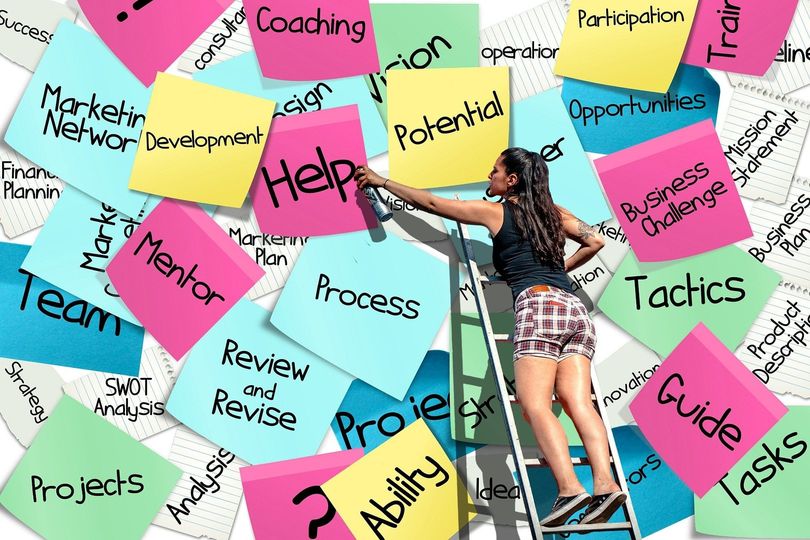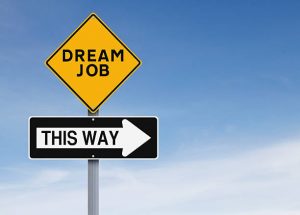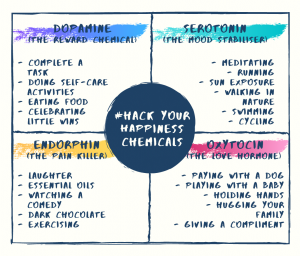Post traumatic growth is seen as within a year of a critical incident people are better off than before, living the sentiment that “that which does not kill us makes use stronger”. Two graduates of leading universities were made redundant from their IT companies. Both responded with feelings of sadness and worry about their life’s circumstances in the following weeks. For one, the mood was short lived and she thought that the economy was going through a dip, so updated her resume and kept applying for jobs. Eventually she scored a job in a similar industry. The other thought that “I got made redundant because I can’t cope under pressure”. Other beliefs like “I can’t hack it in IT. The economy will take years to recover”. He struggled to keep applying for jobs and his mood lowered as he was not able to secure a position. Eventually he gave up looking and moved back home with his parents. Different responses to failure.
A resilience mind-set can change your life’s course. Resilience can be developed. Martin Seligman, the father of positive psychology, has studied and promoted resilience over course of his life and has identified three key processes to build this:
1. Building mental toughness: Just as the case examples, the person’s thoughts in response to the incidents are vary and this impacts how they respond. Our beliefs are often very informative. Helpful questions to ask yourself are what’s the worst case, what’s the best case, what’s the most likely outcome.
2. Building signature strengths: Crises are an opportunity to consider what is important to me and what values do I want to bring to my work, relationship, personal life and health? Identifying your strengths and then creating opportunities to use those in your life.
3. Building strong relationships: One way to develop positive communication is through using practical tools of praise. Professor Carol Dweck has defined effective praise to be specific and focused on the positive. Broadly, the four ways to respond include: active constructive (authentic, enthusiastic support), passive constructive (laconic support), passive destructive (ignoring the event), and active destructive (point out the negatives of the event).
Check out more ideas about Mental Toughness in Harvard Business Review: HBR’s 10 Must Read, On Mental Toughness.#mentaltoughness#resilience#insighteden




